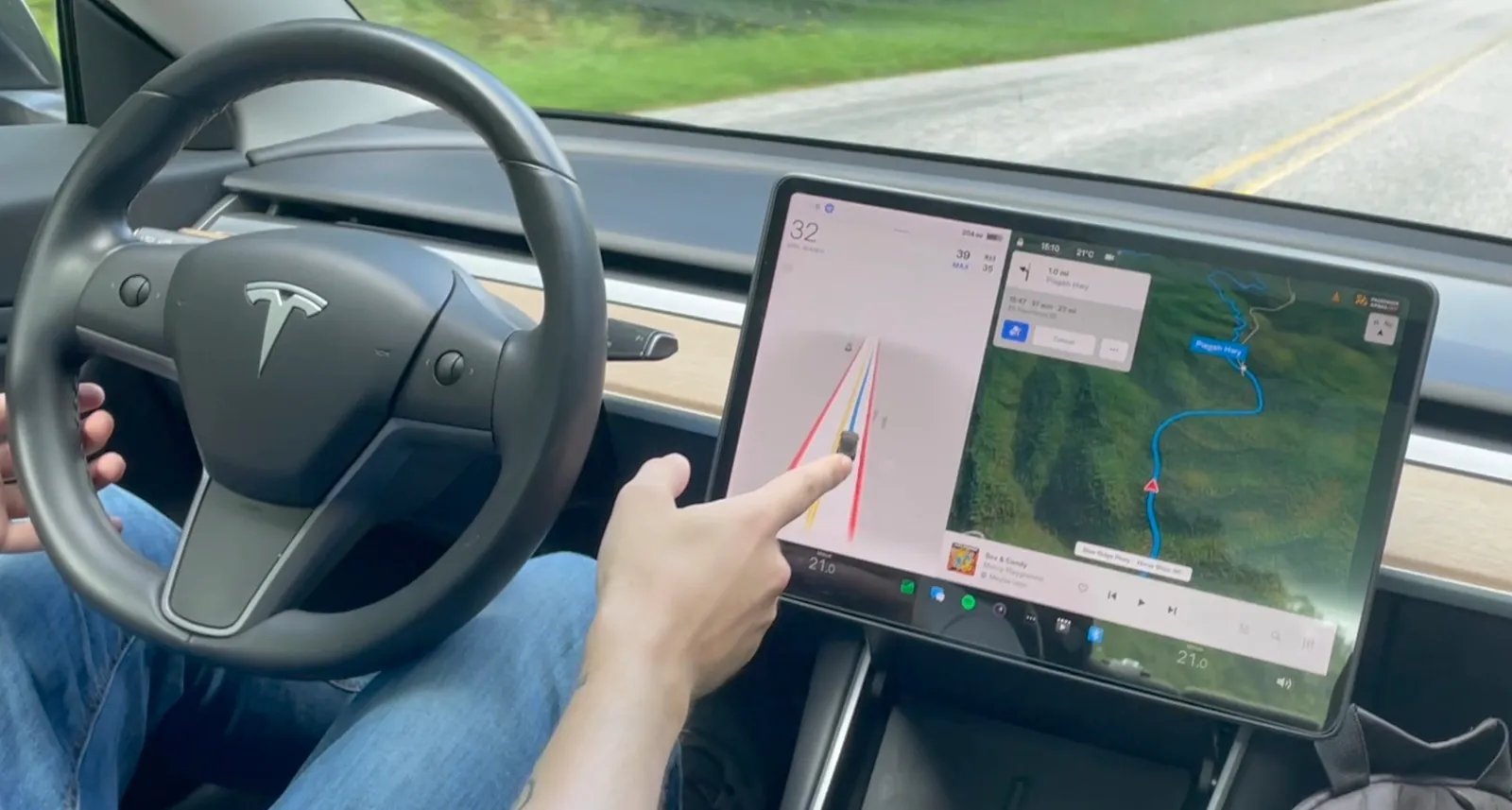 Image Source: Electrek
Image Source: Electrek
Surge pricing, long a thorn in the side of ride-hailing consumers, is being taken up and tailored by the robotaxi industry. As autonomous vehicles (AVs) come on line in cities throughout the US and worldwide, players like Waymo and Tesla are reimagining how to manage supply, demand, and customer satisfaction—without the luxury of just hiring more drivers when demand surges. This change brings with it new concerns about fairness, accessibility, and the future of city mobility.
The Rise of Surge Pricing
-
Surge pricing was pioneered by ride-hailing behemoths such as Uber and Lyft to encourage additional drivers to take the road during peak-demand times, thereby lowering wait times for riders.
-
With robotaxis, the old reasoning for surge pricing—enticing more drivers—is irrelevant, as fleets are pre-determined and cannot be quickly increased.
-
In spite of this, firms such as Waymo have used surge pricing to balance demand, with the result being increased fares at peak times but not necessarily decreased wait times.
How Robotaxi Surge Pricing Works
-
As demand increases, robotaxi firms temporarily increase prices to discourage some riders and try to keep wait times tolerable for others who are willing to pay higher prices.
-
In contrast to human-driven services, increasing prices does not put more cars on the road, which may price out some customers or have them waiting a long time.
-
Wait times remain considerable; Los Angeles Waymo users, for instance, have reported waits of as much as 24 minutes during peak times.
Winners, Losers, and Fairness Concerns
-
Surge pricing in the robotaxi age can disproportionately benefit more affluent passengers who are willing to pay higher rates, while others will have to look elsewhere for transportation or skip a trip entirely.
-
Opponents claim this could heighten disparities, as the system no longer acts to increase supply but only restricts access by cost.
-
Supporters argue that it still benefits society by averting shortages and enabling those with pressing needs to get a ride, much like airline pricing when travel is at its peak.
Future Solutions and Scenarios
-
Others see hybrid models, with human-driven cars filling in for robotaxi fleets during high-demand periods, perhaps through deals such as the one announced last week between Uber and Waymo in Austin.
-
Tesla's plans for the future could include privately-owned cars becoming part of the robotaxi network when surge pricing reaches specific levels, again boosting supply when necessary.
-
The sector is also looking at new business models and partnerships to further balance supply, demand, and affordability as AV technology continues to mature.
Market and Industry Impact
-
The global robotaxi market is seeing explosive growth, with estimates reaching $118 billion by 2031, spurred by fast progress in AI and autonomous driving tech.
-
Early leaders such as Waymo, Tesla, and Uber are leading the charge, trying out pricing experiments and collaborations in pursuit of taking market share and alleviating operation complexities.
Governmental regulatory setups and public understanding of fairness will dictate the contours of how surge pricing will emerge during the era of robotaxis.
References: The Verge AInvest Fortune Business Insights IG CNET
Advertisement
Advertisement






